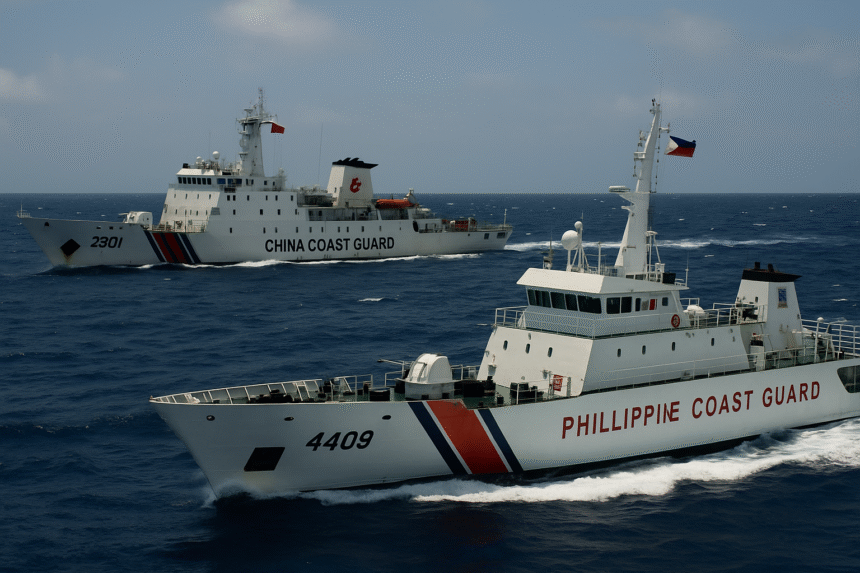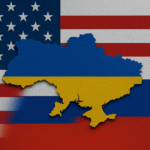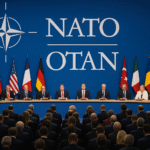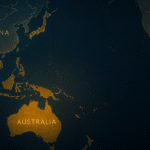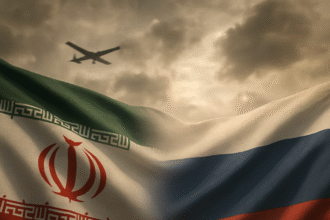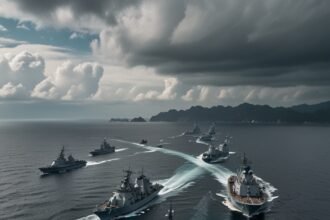Manila — Another tense weekend on the South China Sea has left regional diplomats on edge, after Chinese coast guard ships used water cannons and dangerous maneuvers to block Philippine vessels near the disputed Second Thomas Shoal.
The Philippine military released video footage showing Chinese ships aggressively shadowing smaller Filipino boats delivering supplies to a navy outpost in the area. One of the resupply vessels was reportedly damaged. Philippine President Maria Santiago called the incident “a clear act of coercion” and vowed to continue asserting her country’s sovereign rights under international law.
“We are not looking for a fight,” she said. “But we will not allow ourselves to be pushed out of our own waters.”
Beijing’s Message: We’re Not Backing Down
China responded by blaming the Philippines for “illegal provocations,” insisting its actions were routine law enforcement within “Chinese territory.” Beijing’s claims over nearly the entire South China Sea have long been rejected by international courts, but enforcement of that ruling remains elusive.
Over the past decade, China has grown more assertive — not through traditional warfare, but through persistent pressure. Its use of coast guard and militia vessels in disputed zones is part of a broader strategy that seeks to change facts on the water without firing a shot.
“This isn’t about maritime law anymore — it’s about political will,” said Professor Elaine Rojas, a Southeast Asian security analyst. “China is betting that no one will challenge its actions directly.”
A Divided Region, A Watchful World
The Philippines’ allies moved quickly to respond. The U.S. condemned the encounter as “reckless,” reaffirming its defense commitment to Manila. Japan and Australia — both increasing security cooperation with the Philippines — issued statements of concern. A U.S. destroyer was reportedly operating nearby.
But the wider region remains hesitant. ASEAN, once imagined as a unified bloc, remains divided. Vietnam and Indonesia expressed support. Malaysia stayed quiet. Cambodia’s statement appeared to echo Beijing’s language.
Despite years of negotiation, ASEAN’s long-promised Code of Conduct for the South China Sea remains symbolic, not binding.
Why This Matters
More than $3 trillion in trade flows through the South China Sea each year. Beneath its waters lie contested energy reserves and critical strategic routes. But for Filipinos living along the western seaboard, the sea represents something more: history, livelihood, and identity.
“My grandfather fished these waters. Now we’re told they’re not ours,” said Elmer, a fisherman from Palawan. “We just want to live. But we won’t be pushed aside.”
Each incident, like this weekend’s standoff, doesn’t just raise diplomatic tension — it chips away at stability. As both sides test boundaries and rhetoric escalates, the region inches closer to a confrontation no one claims to want.
The sea remains calm, for now. But it is no longer quiet.

